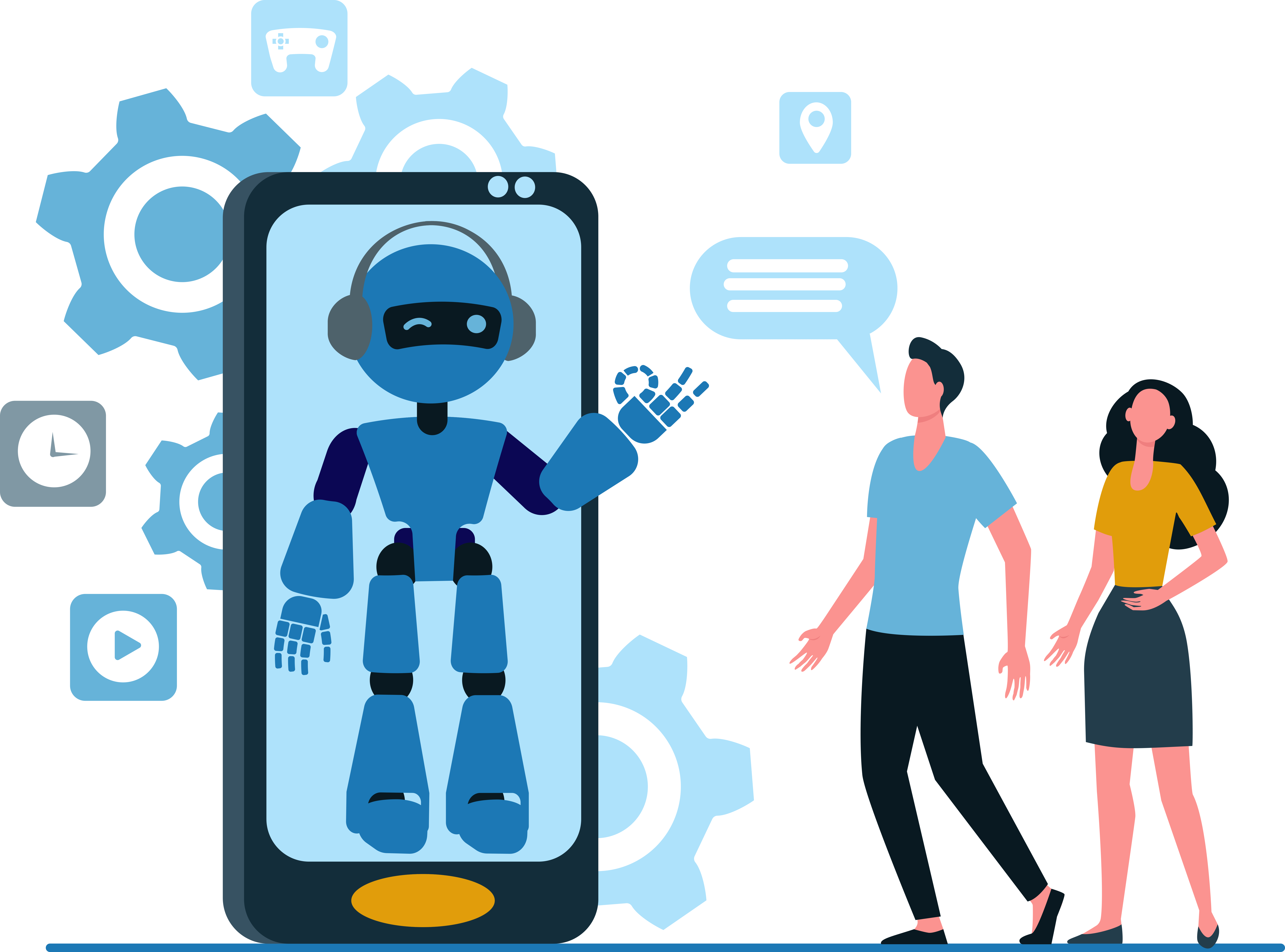Do you know what’s really annoying?
For a start, people who ask questions like that, where you are meant to say “what”, so they have your attention. But also chatbots.
Chatbots are everywhere, but they tend to be everywhere annoying people. As a recent trend in customer service, they’re supposed to make life easy for your customers and provide a cheaper alternative to live chat / human staff. But up until now they’ve been decidedly underwhelming.
Natural Language based bots struggle to understand people and flow-based chatbots such as those in Drift, Intercom, Hubspot and so on are like IVRs – it’s a claustrophobic experience and not what I want.
While they have been touted as a way to make life easier for customers and provide a cheaper alternative to live chat or human staff, chatbots have not lived up to their promise.
As someone who works in sales, flow bots for sales leads are particularly frustrating. When customers come to your site, they’re usually in buying mode, which is a rare thing and needs to be treated with great respect. It should be worshipped. And worship looks like having your best salesperson chatting directly with the prospect rather than something that is basically asking them to fill out a form. The problem with chatbots, especially flow-based bots, is that they can’t handle complex questions or requests. They also struggle with context, which can lead to frustrated customers who feel like they’re not being understood.
GPT changes everything
The arrival of GPT is a game-changer. GPT, or Generative Pre-trained Transformer, is an AI language model developed by OpenAI that can understand speech and learn from conversations. It also has a personality that can be customized to ensure that your chatbot is as good as possible at understanding customers’ requests and helping them with their problems. Because of its ability to understand huge amounts of information, it can even be better salesperson than a salesperson.
GPT is trained on the world’s data, so it understands the world. This means that GPT can understand the vast possibilities that might come out of the human mind and (usually) make sense of them. With GPT bots, you can understand what customers want and apply it to large chunks of information, which allows for much more complex interactions, such as customer inquiries, port of call, etc.
So of course, a lead is gold, but the question is, should you trust a bot with it?
GPT brings the ability to consume and train on huge swathes of information. One of our customers has asked us to ingest a UK Act of Parliament so that prospects can use a chatbot questions about it. The ability to have a conversation about a document is really, really big – it’s like having a very well trained person who is very polite and 100% accurate answer the exact questions you have. Would you rather read a UK Act of Parliament to find an answer or have a conversation with a bot?
And I think the word conversation is the difference GPT brings. Anyone who has used it knows the difference – you feel like you’re in 2001 A Space Oddity talking to HAL. Because the context is kept you can say things like “give me a 10 word summary of that” – the older NLP bots would have fainted (well maybe not but would have needed some heavy wait programming.
However, it’s important to note that GPT chatbots are not a silver bullet. They are not a replacement for human interaction, and there are still situations where a human touch is necessary. For example, if a customer is experiencing a complex problem or is upset about something, they may require the empathy and understanding that only a human can provide.
In these situations, it’s important for businesses to have a system in place to escalate the issue to a human representative. This can be done through a live chat platform, a phone call, or an email, depending on the preferences of the customer and the resources available to the business.
Despite these challenges, the potential benefits of GPT chatbots are significant. By providing a more natural and efficient way for customers to interact with businesses, they can help to improve customer satisfaction and increase sales. They can also help businesses to save money and improve their efficiency, which is essential in today’s competitive business environment.
As the technology continues to improve and evolve, we can expect to see more businesses adopting GPT chatbots as part of their customer service strategy. However, it’s important for businesses to approach this technology with a realistic mindset, understanding that chatbots are not a replacement for human interaction, but rather a tool to enhance it. By finding the right balance between technology and human touch, businesses can create a customer service experience that is truly exceptional.







